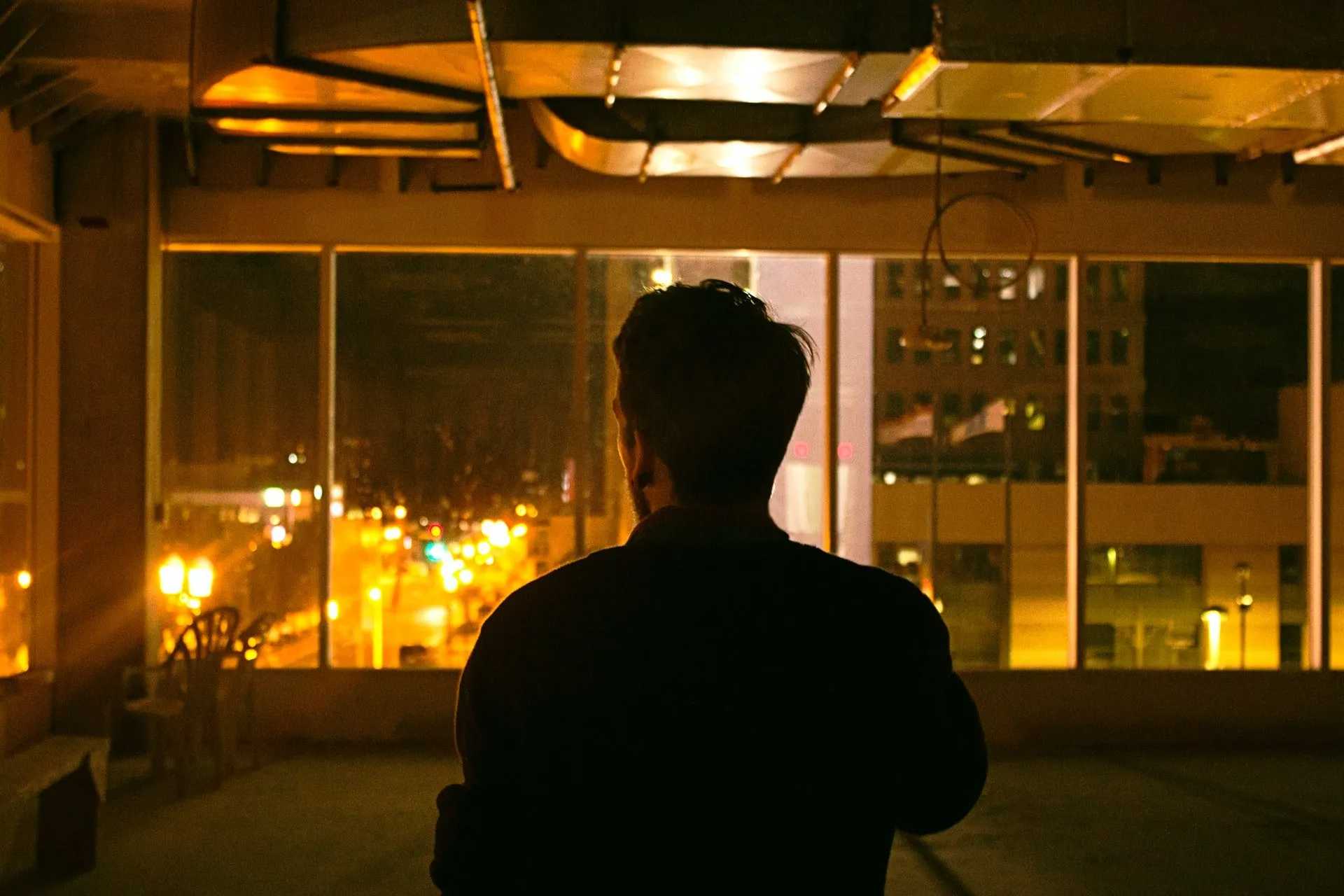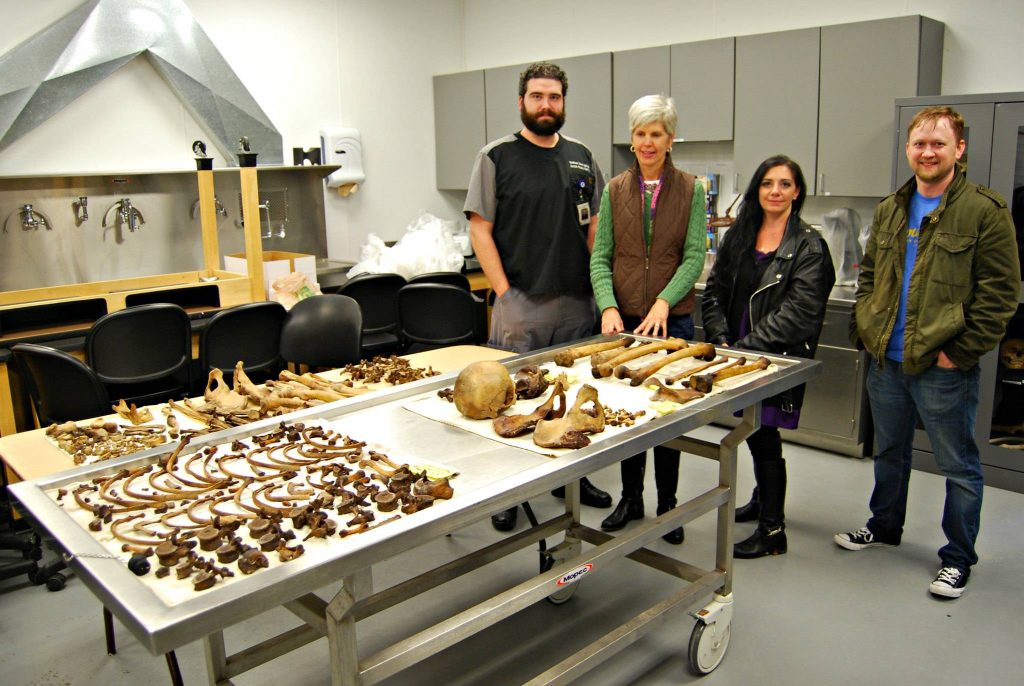It bugs the hell out of me why this has not been solved.
Why Serial Killers Kill: Urban Strangers & Disconnected Living

Serial killers took advantage of urbanisation back in the Twentieth Century to select their victims. Now, with an increasing number of people disconnecting themselves from the world, the serial killer has more opportunities than ever before.

In 1900, only 15% of the world’s population lived in cities. According to the United Nations (UN), in 2018, 55% of the world’s population lived in cities. As the cities grew in size it was suggested that crime was an unwanted side effect of urbanisation.
When more people live closer to each than before, meaning the cities instead of rural areas, there is a higher link with crime. In fact, urbanisation and crime go hand and hand and there are particularly good reasons for that.
The higher the density of population, the higher the opportunity there is for crime.
Committing crime in cities is generally easier than it is in rural areas. Even covering a city with CCTV doesn’t seem to make a difference because the population is much larger than before.
An increase in population density is one of the reasons why serial killers kill because there are more victims to choose from.
The modernisation of urban areas has led to a rise in crime because more of the areas have become associated with income gap division. The working class are more likely to find themselves in highly urbanised areas than those of a middle or upper class.
Within these highly urbanised areas, we find that crime is more evident than in the richer areas. This is a consequence of urbanisation and serial killers became quite aware of that fact, taking advantage of urbanisation to their violent benefit.
Inequality, Population Density, Police Funding, and Unemployment
Urban centres have been around since the dawn of human civilisation. It’s evidenced that people will always strive to be part of communities as our species are known as social animals.
Except the communities of 10,000 BC and the urban communities of the 1970s were so very different in their structure and design. It’s difficult to see any similarity beyond the point that both have humans in their societies.
Some of the reasons for more crime in urban areas are income inequality, population density per square mile, police fatigue, police funding and unemployment rates.
The very presence of crime only serves to influence more crime in an area. The talk of communities and neighbourhood groups within urban areas is honourable but are rarely cohesive or connected enough to prevent the rise of crime.
“The very presence of crime only serves to influence more crime.”

This type of urbanisation is part of the modern area. There were cities thousands of years ago but population increases saw a wide-ranging change to the fundamental structure of their existence.
The council estates and projects from the middle of the Twentieth Century were far more conducive to crime than those at the beginning of human history.
Projects, council estates and any area with a high population density allows for an unprecedented level of anonymity. Potential anonymity leads to more crime and might result in murders.
A serial killer can take advantage of populous urban environments and exploit them to bring their own dark thoughts into reality.
Urbanisation tends to divide communities which has led to the creation of the urban stranger
Before modern times, people tended to know one another by name. Communities were tighter and you would have known the family name of everyone in your settlement,
People knew each other’s routines, family history and personal details. Strangers, as rare as they were, were hardly ever encountered and when they were, they were met with fear and wariness.
A thousand years ago, one might have only seen a hundred or so strangers in their entire lives. In modern times, you could come across hundreds, if not thousands, on the streets of a city or on the journey to work.
We live now amongst the urban stranger. We have no idea who is sitting opposite us on the train, we don’t know who is in front or behind us in the queue of a supermarket.
“Some people feign niceties so that they move on quicker with their own isolated existence. We don’t always wish to know someone’s name or routines, it puts us in the firing line for modern-day repercussions.”

We have to worry about saying the wrong thing to someone we don’t know for fear of reprisal, unwarranted or not.
Urbanisation hasn’t brought communities together, it has allowed strangers to live in their own worlds, sometimes right next door or in the flat above. We don’t know anything about them and for the most part we don’t wish too.
As population increases and people live longer, urban areas are becoming more packed than ever before and it will continue on an upward curve for as long as humans exist on the planet. There’s no halting the bandwagon of evolution, we will continue to expand our numbers at the detriment of our own future and safety.
Serial killers usually prey on strangers, urban areas have provided them with a constant flow of what they need. It gives them with an ideal setting to act on their violent or perverse desires.
As the world changes and moves towards more privacy than ever before, some people are deliberately cutting themselves off from the world, not wishing to participate in social media or internet use.
This in turn provides more victims for the potential serial killer. Just as in the 1970s when urbanisation was forcing the world into a new era.
Isolation and loneliness have led to disconnected living
Loneliness or isolation are one of the biggest factors that lead to mental health disorder or suicidal ideation. It also allows some people to harvest their dark thoughts and subsequently see them in action.
Some serial killers have spoken of isolation as one of their largest mitigating factors, and of course, most serial killers murder in isolation.
Skip back to the 1970s and video games were few and far between, sometimes only reserved for the better-off in society. Jump forward to 2021 and gaming is one of the biggest industries on Earth.
Give it another decade and many will be using virtual reality as often as they use the internet, in fact both might be intertwined.

The future of the serial killer and the new world they inherit
Skip forward a decade from now – the internet will have more control over our daily lives, and mobile devices will soon be able to access the internet wherever we go in the world. We will order anything we want from a phone and have it delivered to anywhere we need. High streets will be empty and bricks and mortar shops will be no more.
We will stream the latest films and music to any device in the home. There will be no need to even order physical media, no reason to go out and leave the house. We talk through microphones to people all over the planet who we meet in virtual worlds but we don’t really know who they are.
“The internet brought the world together – and then allowed people to live in isolation without ever leaving their homes.”
A decade from now, social media will have become more prevalent, taking over face to face interactions for the first time. We’re interviewed online, befriended, loved or hated. We shop, download, stream and interact.
Disconnected living becomes the norm and we focus more on the inverted unreal world of The Net than we do with reality.
Apply that thesis to one of an already disconnected mindset then the results can and will be devastating.
Hate is within easy reach with no real censorship
Porn, violence, extremism, occult activity, terrorism, brutal imagery, hate, all are within easy reach with no real censorship. The governments of the world might attempt to put a stop to it but it’s not going to slow down people seeking it out.
The British Government have already implemented a soft ban on hardcore BDSM with the Audio-visual Media Services Regulations act of 2014. But it hasn’t worked, the images detailed in the list of banned activities are said to be more prevalent than ever before.
“People are floating through their lives and not really connecting with the people around them.”
This level of disconnection and inward distraction is a boiling pot of mental health issues, violence and disassociation.
As we evolve into the digital age, the line between the real world and the virtual world are becoming blurred for some. There is a desperation at the heart of social media that holds validation over truth.
Those with dark desires can thrive in today’s world
The danger in disconnected living is that it is too easy to float by in life and not contact anyone outside of online friends. Those with instincts to act on their dark thoughts have never found a bigger outlet and resource than there is in today’s world.
That line blurs fantasy with reality. The mind of a serial killer might already find it hard to associate with either. Disconnected living might give those thinking of acting on dark thoughts a more realistic opportunity of doing so.
Throw urban strangers and disconnected living together and the risk of an increase in serial killers over the coming decades, is more likely than it has been in previous ones.
Though we might be out of the 1970s and 1980s, when serial killers were at their peak, the age of disconnected living is a breeding ground for the rise of the serial killer.
Serial killers can kill mostly out of opportunity, whether created by them or through the mishaps of others. Victim opportunities that came with urbanisation and now with disconnected living is one of the reasons, not just why serial killers kill, but how some can get away with it for so long.
READ NEXT: 50 Chilling Serial Killer Facts That Will Shock Your Friends
- What Happens to Cold Cases? The Intricacies and Unsolved Mysteries Explained

- 13 Facts You Need to Know About Levi Bellfield: The Bus Stop Stalker

- How Has Pathology Evolved Over Time? (History of True Crime)

- Trio Convicted of June 2022 Westminster Murder of Adnan Saleh

- How Did Forensic Science Evolve Through History? (History of True Crime)

I feel like there should be more killers who use the internet especially in today's world.
Thanks for this. Anymore podcast lists coming anytime soon??
Not just females.
[…] Not So Heavenly Creatures: The case of two teenage girls who fell in love, created their own religion, entered…
There's a lot more the Italian authorities are not releasing over this case. Makes you wonder the extent of the…

 T
T
What Happens to Cold Cases? The Intricacies and Unsolved Mysteries Explained

 T
T
13 Facts You Need to Know About Levi Bellfield: The Bus Stop Stalker

 T
T
How Has Pathology Evolved Over Time? (History of True Crime)

 T
T


